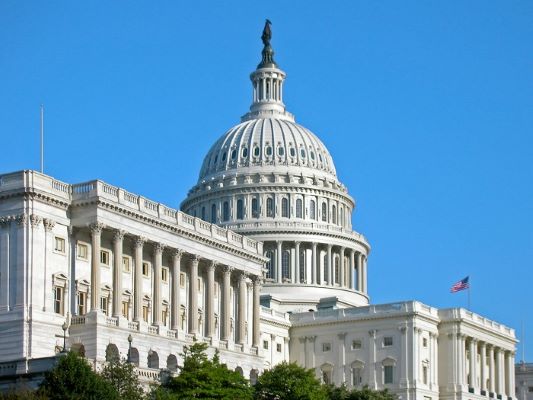Inside D.C.
The fine print of Trump’s China tariff deal

When President Trump announced early last week the U.S. and China were returning to the negotiating table in hopes of securing a trade war truce – we’re now negotiating “phase one” of broader tariff détente, a move Trump rejected earlier – agriculture immediately seized on his statement the Chinese would be back in the market for U.S. ag, “ramping up” to a whopping $40-50 billion in market-starved U.S. commodities.
Agriculture was initially of two minds: First, we’ve been down this road before, only to watch China walk away; second, $40-50 billion is more than twice what China bought from the U.S. in the best of pre-tariff war times. Is this more hype than substance?
Slowly, details shared by the White House exposed the reality of “$40-50 billion” and the meaning of “ramping up.” The trumpeted albeit prospective boatloads of American oilseeds and grains, fruits, veggies, beef, pork, dairy and poultry are on China’s shopping list if/when a full or partial trade deal is signed.
However, rather than silence from the world’s second largest economy, Chinese government officials publicly corroborated Trump’s promise, taking to the airwaves on a state television broadcast to affirm it intends to increase imports of U.S. ag, consumer products and electrical components.
As to a schedule of Chinese purchases, Treasury Secretary Steve Mnuchin’s use of the term “ramping up” translates to an expected return to pre-trade war import levels of $20-24 billion in the first year – that reads: “by late 2020″ – but again, only if certain Chinese demands are met.
One new service reports the $40-50 billion mark could be hit in the second year of an agreement, but only if Trump first lifts the deferred September 1 tariffs on a portion of $350 billion in unlevied Chinese exports and cancels the second tranche of tariff increases set for December 15. In exchange, China will “exempt” from its retaliatory tariffs most major U.S. ag products, i.e. allow state-owned companies to import tariff-free or at pre-trade war levels.
China also made clear it will buy from the U.S. based on price, needs and World Trade Organization (WTO) rules, as it should. Veteran China watchers caution, however, this means China’s presence in the U.S. market will have less to do with any formal treaty commitment than with what it needs/wants to mollify its citizenry and how much it’s willing to pay. Example: China took a deep dive into Brazil’s soybean market last week – despite its strong presence in U.S. markets of late – mainly because a variety of Brazilian beans it prefers was cheaper than U.S. soybeans.
Late last week it was announced by the Office of the U.S. Special Trade Representative (USTR) the two governments are “close” to reaching agreement on several sections of a prospective “phase one” deal in this mutual pursuit of tariff détente. The rare report on “progress” before a deal is done came after Mnuchin and U.S. Special Trade Representative (USTR) Robert Lighthizer talked by phone with Chinese Vice Premier Liu He, that nation’s number two politico and a close advisor to President Xi Jinping.
Optimistic insiders foresee “phase one” ready for Trump and Xi to sign and publicize when they’re scheduled to meet on the sidelines of the Asia-Pacific Economic Cooperation (APEC) meetings in Chile November 16-17. Once signed, “year one” of the abbreviated deal begins; all calculations of “ramped up” Chinese ag purchases begin once pen hits paper in Santiago.
For this to work, Trump must capitulate on his tariff tirades, but save face as he does so. But keep in mind: China ultimately decides what it needs and how much, and perhaps most importantly, the price it’s willing to pay.

Add Comment